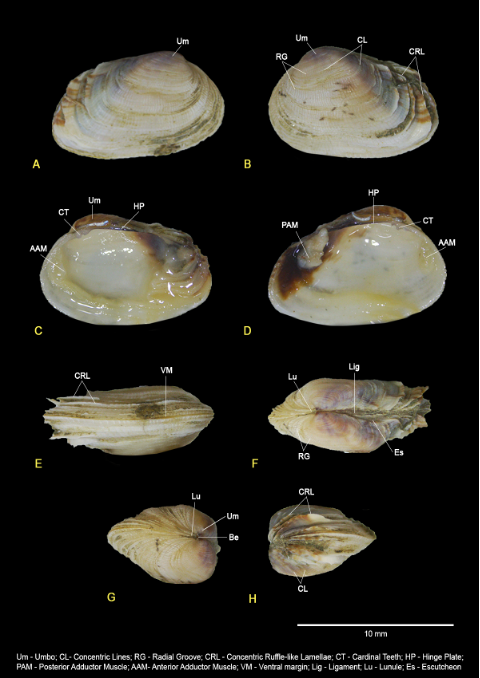VOLUME 18 NUMBER 2 (July to December 2025)

SciEnggJ. 2025 18 (2) 320-329
available online: 29 September 2025
DOI: https://doi.org/10.54645/2025182ZPP-95
*Corresponding author
Email Address: mbocampo@up.edu.ph
Date received: 21 January 2025
Dates revised: 28 May 2025, 04 July 2025,
and 30 August 2025
Date accepted: 11 September 2025
ARTICLE
Marine fouling assemblage of South Harbor, Manila Bay, Philippines during 2021-2022 monitoring survey
the Philippines Manila
2Institute of Biology, College of Science, University of the
Philippines Diliman
3Institute of Environmental Science, College of Science, University
of the Philippines Diliman
A port, being an interface of land and marine domains, is a unique anthropized coastal ecosystem. Ports have been altered to facilitate docking and berthing of ships and other vessels. Artificial structures replace natural geomorphologic features which are less heterogeneous. The structures, coupled with marine traffic, make port environments hostile to native species and open to non-indigenous (NIS) and invasive species. It is essential to conduct periodic biological surveys to effectively manage these species. In the Philippines, Manila Bay hosts the biggest international port, the Port of Manila. This port is at risk for biological invasions. This study reports the marine fouling assemblage in Manila Bay within a two-year period, from 2021-2022. The study used PICES collectors, which were deployed in a man-made structure along South Harbor. The collectors were retrieved four times a year, having a total of eight retrievals. Organisms on Petri plates were identified through morphological investigation, and DNA barcoding was used for an unidentified bivalve. Results show seven groups of fouling organisms, with barnacles, polychaetes and bivalves being most abundant. Barcoding results reveal that the unidentified bivalves are Irus irus and Irus macrophylla. They were described by Deshayes in 1854, citing Cebu, Samar and Maguindanao as type localities. However, no report of the species has been recorded in the Philippines since 1895. There is a need for a regular survey in Manila Bay to monitor previously recorded NIS, detect any new introductions, and determine if trends in the abundance of Irus spp. show potential for localized invasion.
© 2025 SciEnggJ
Philippine-American Academy of Science and Engineering